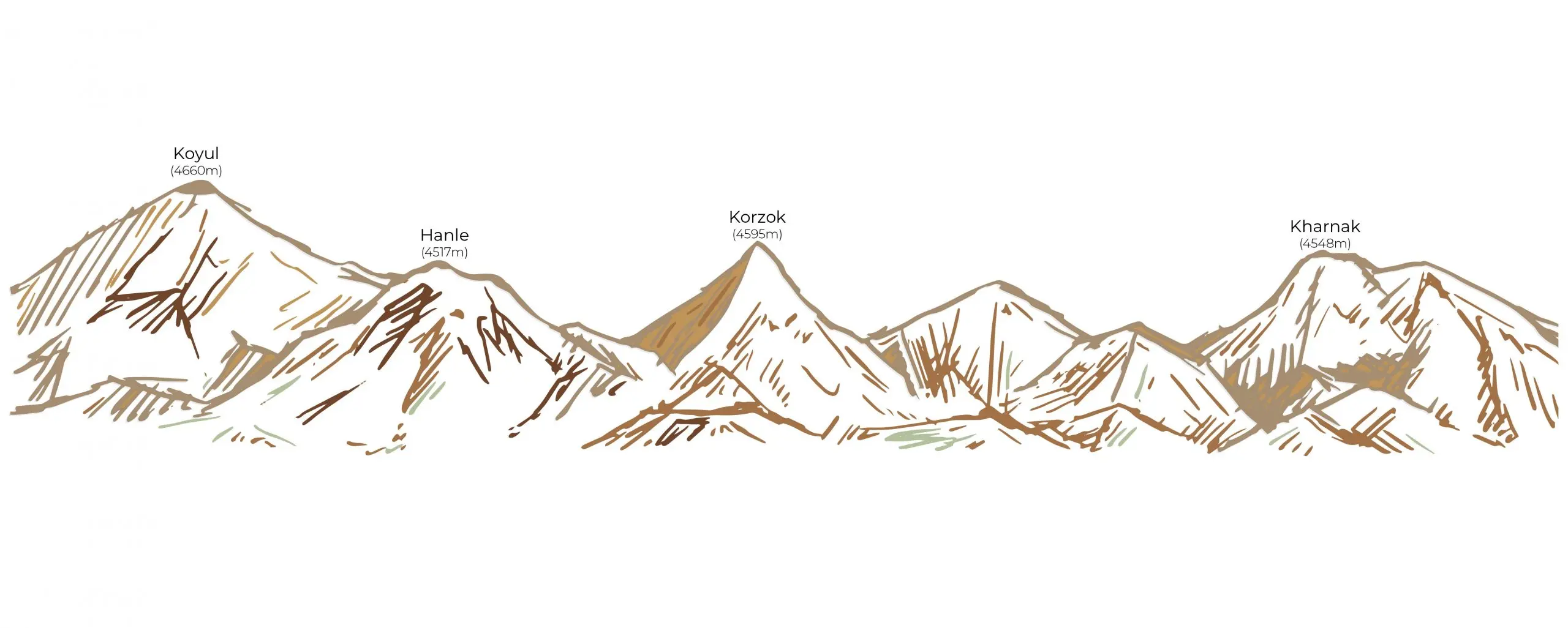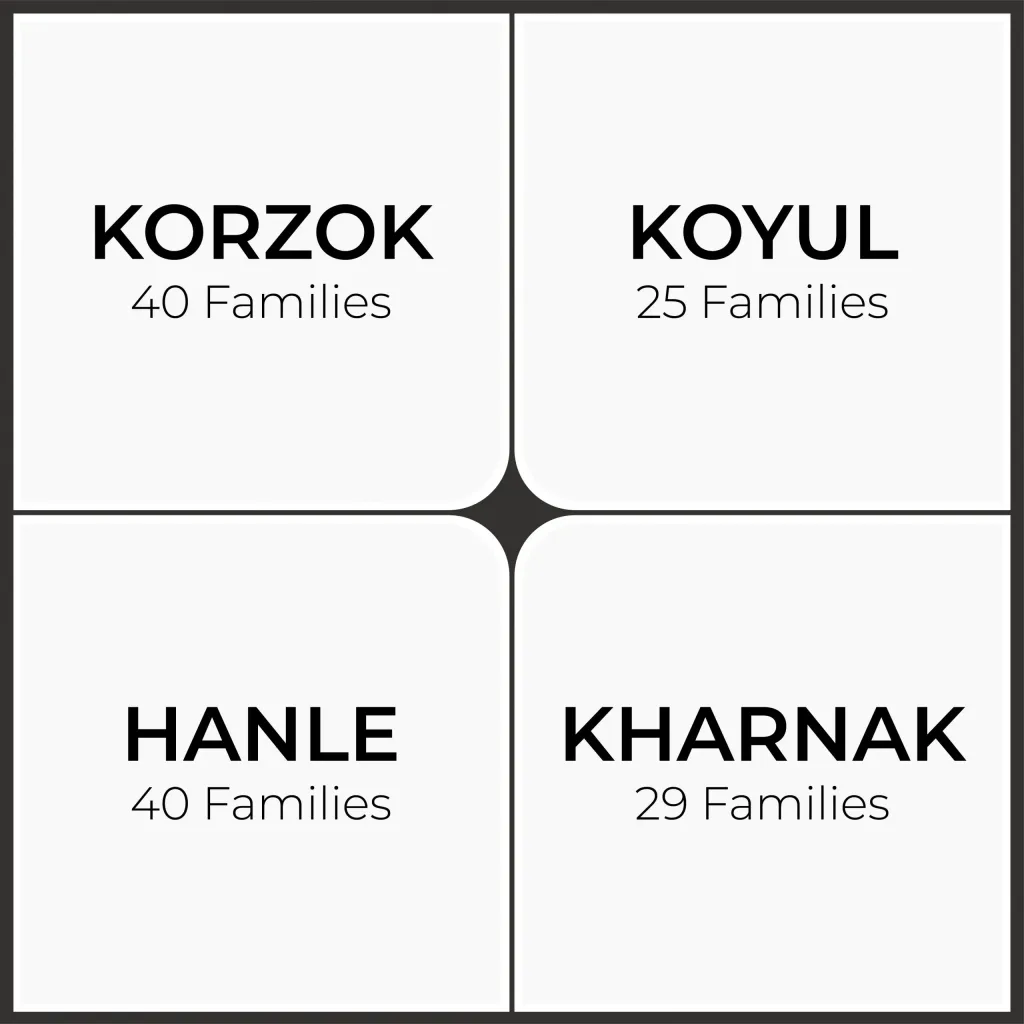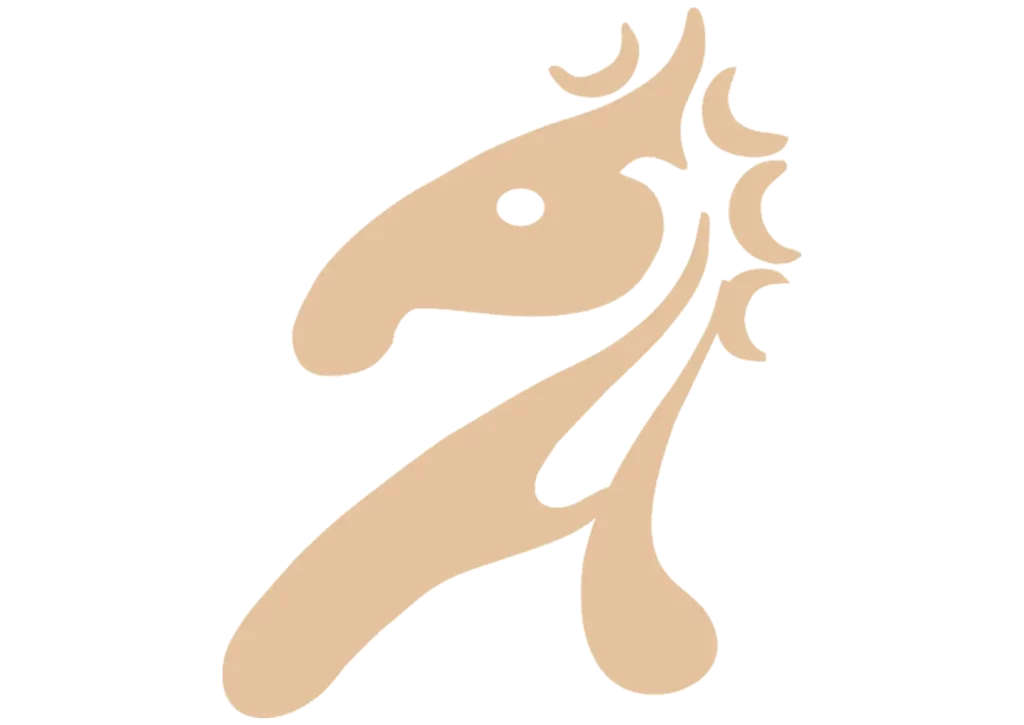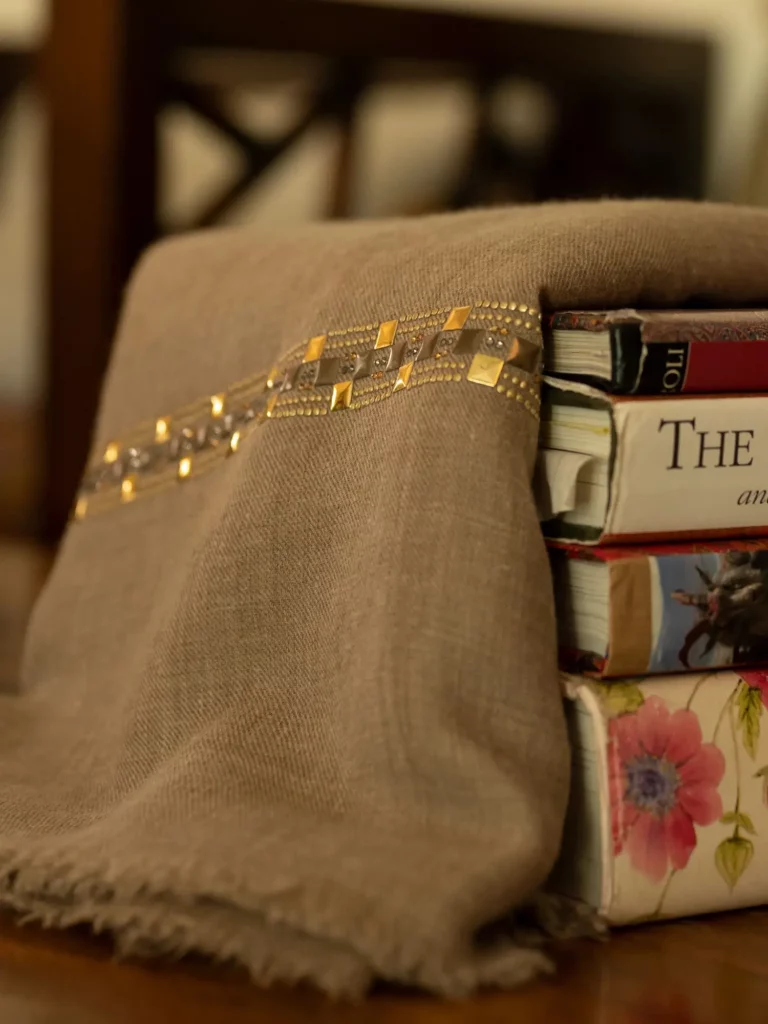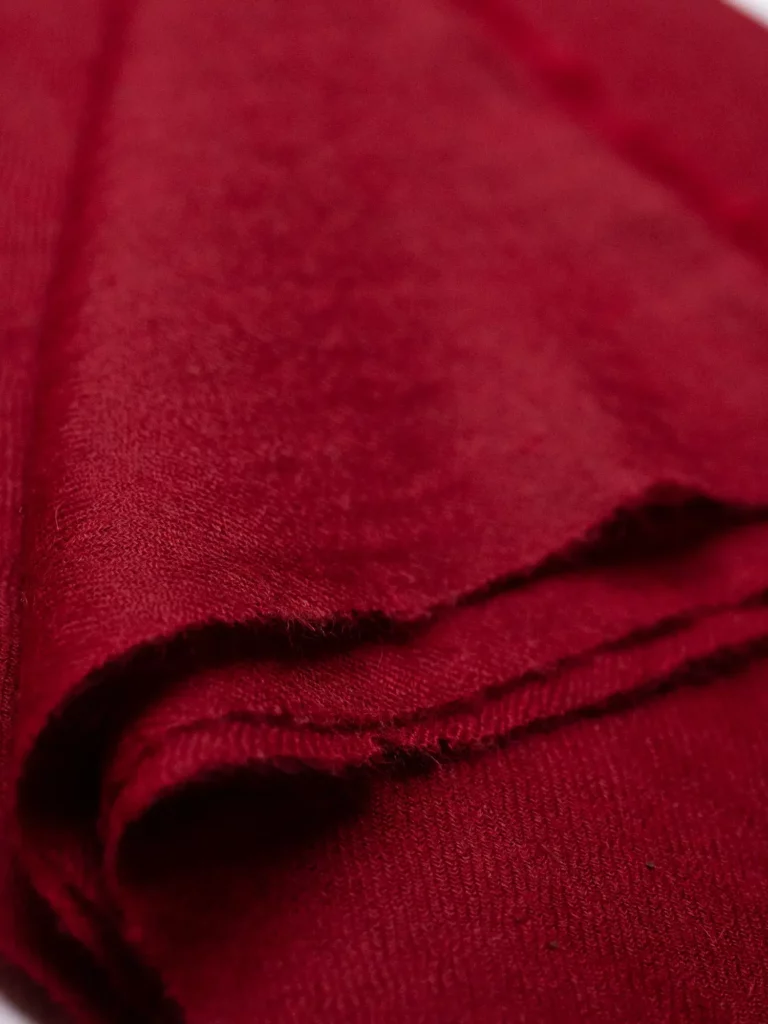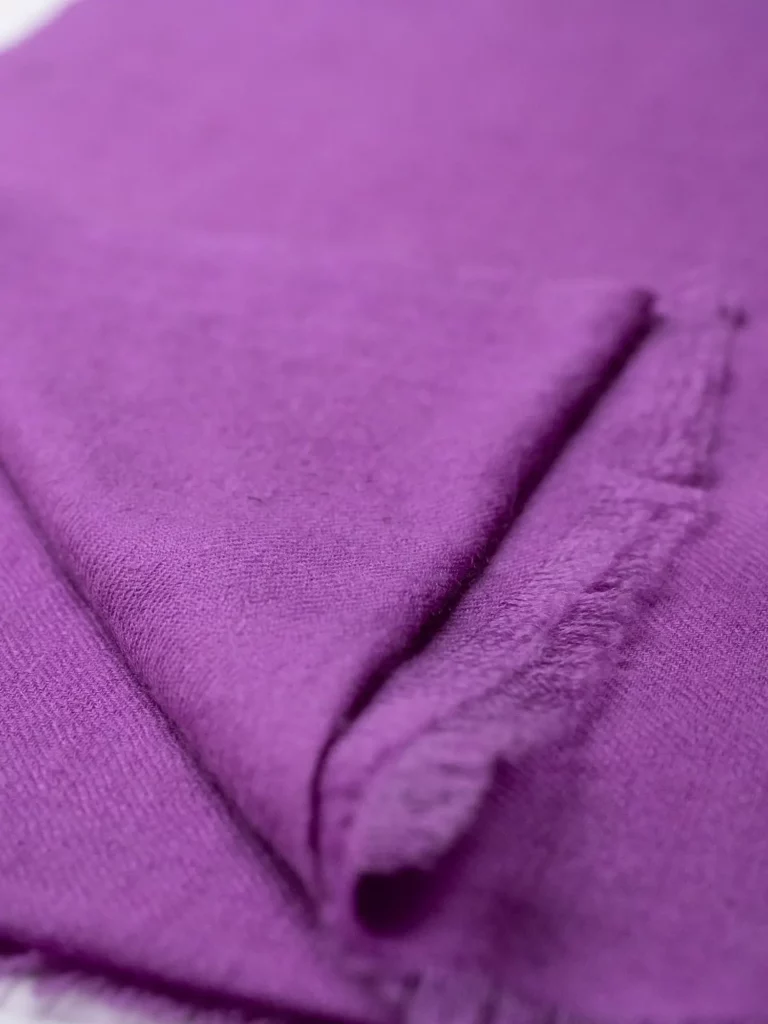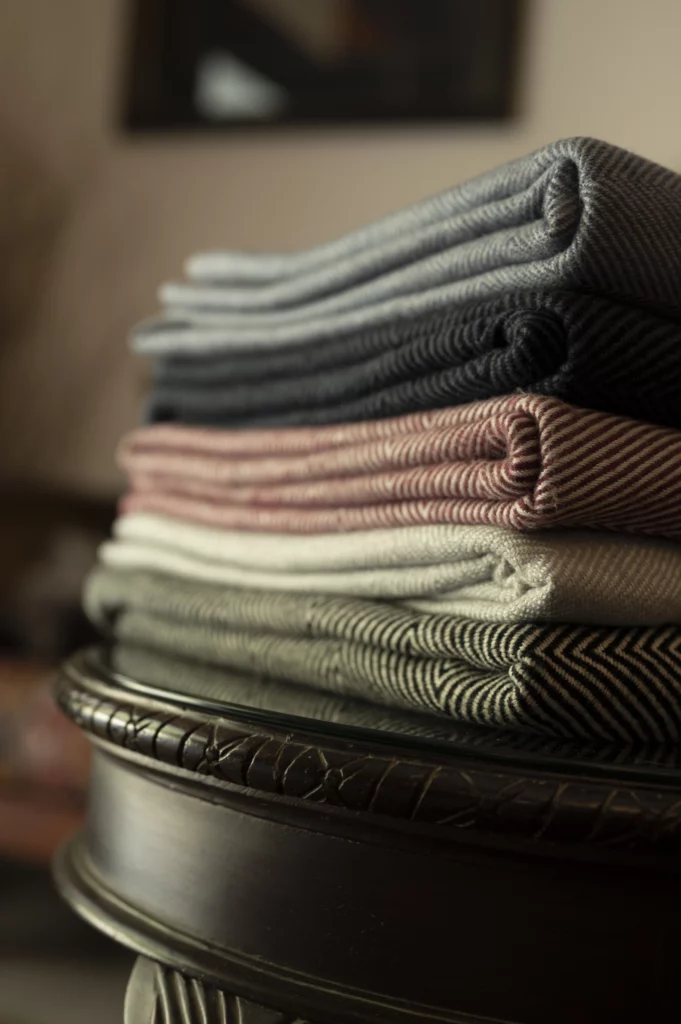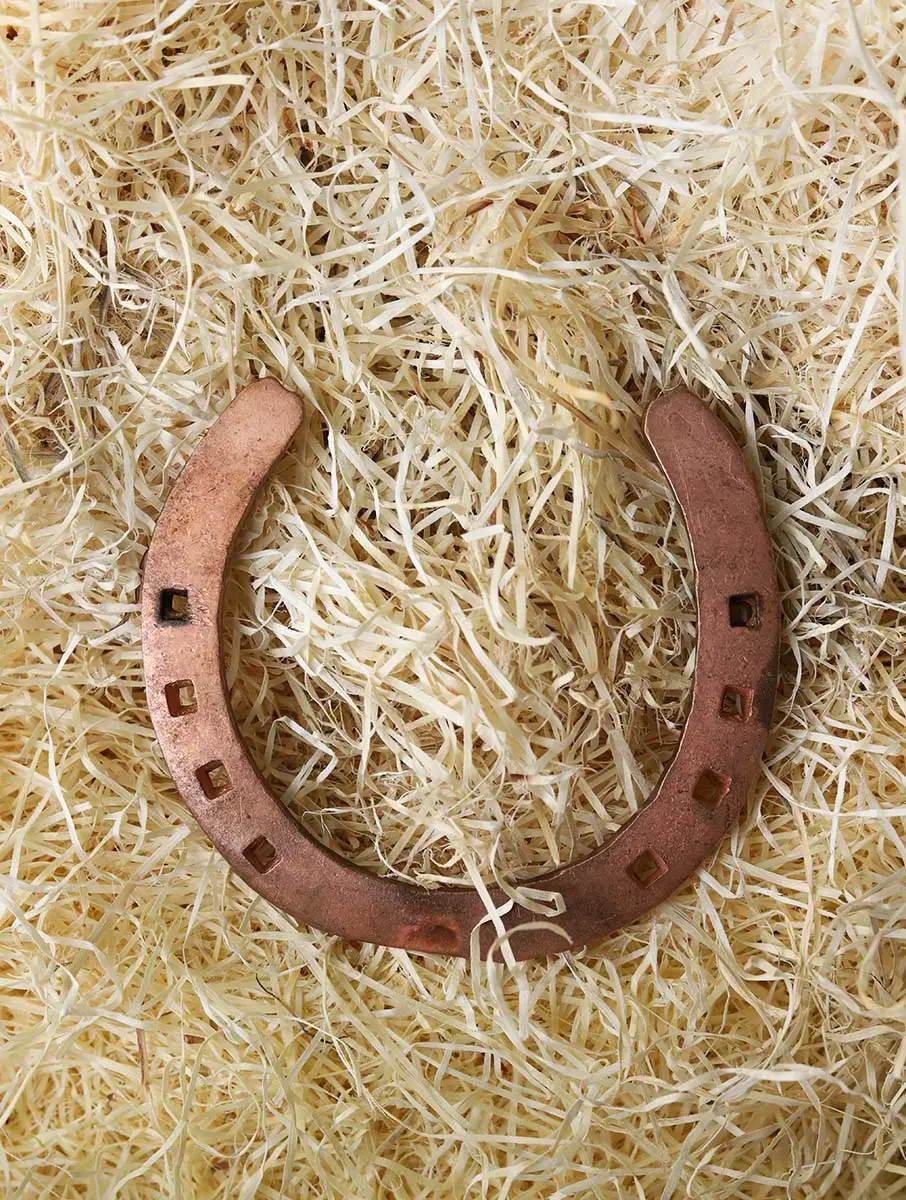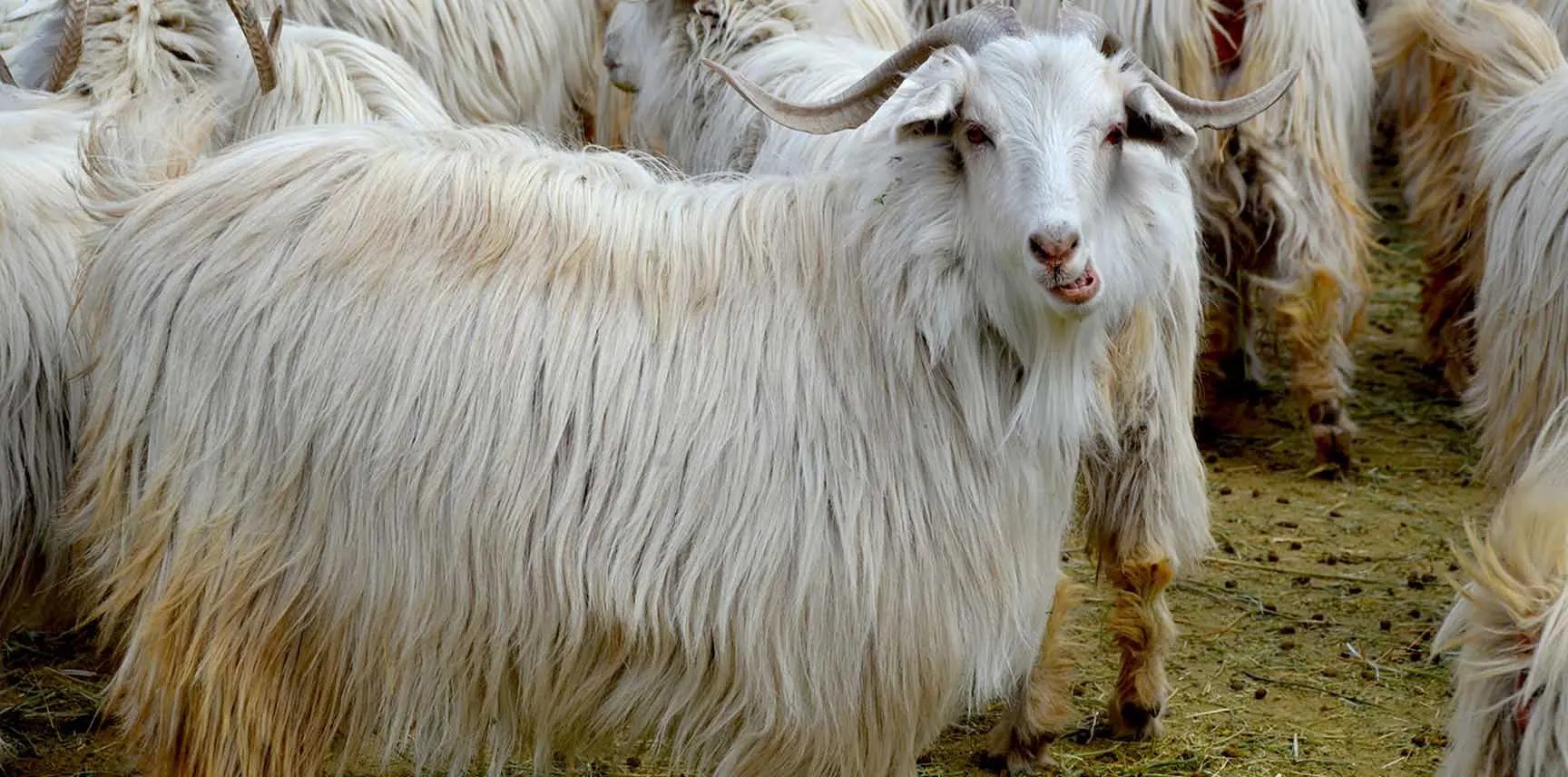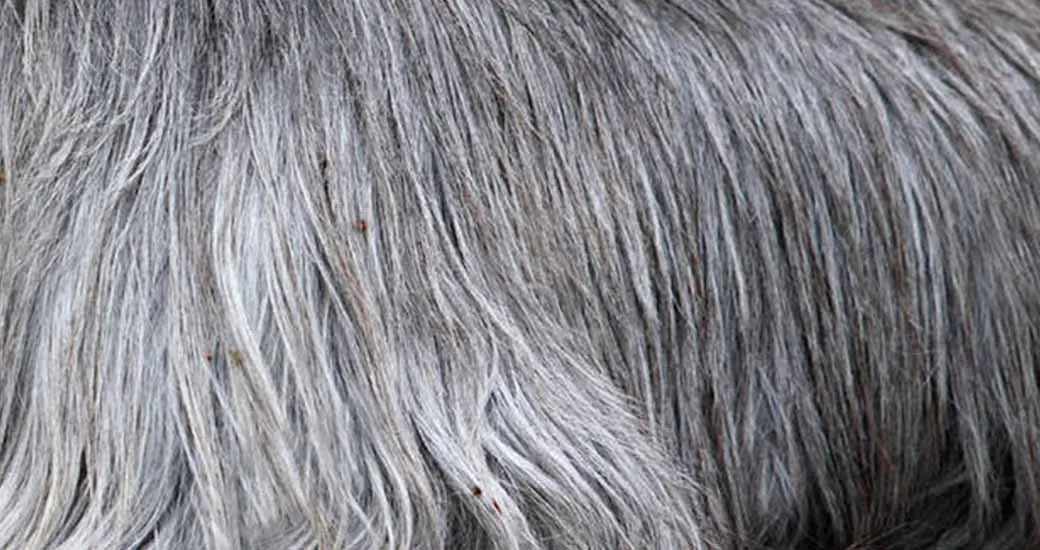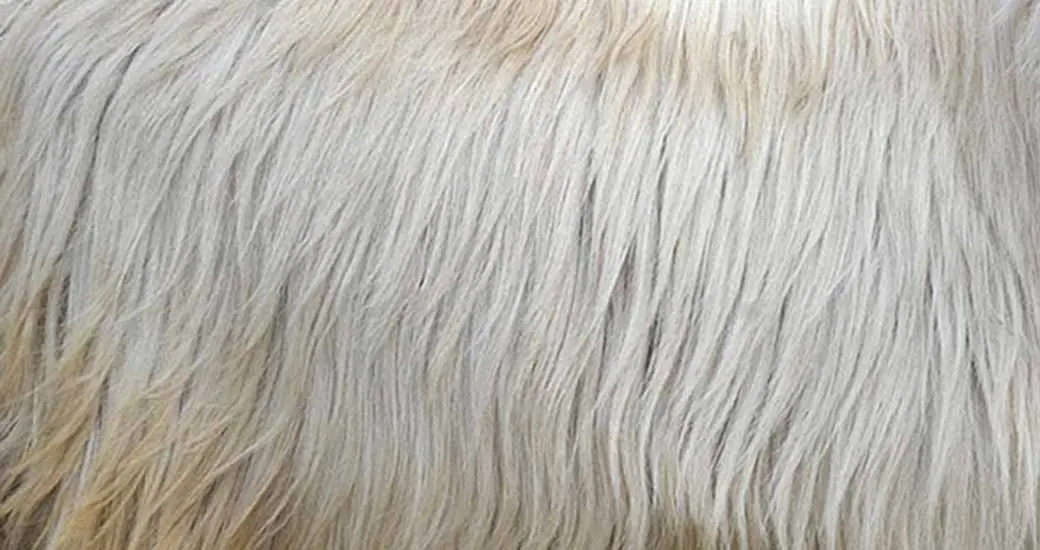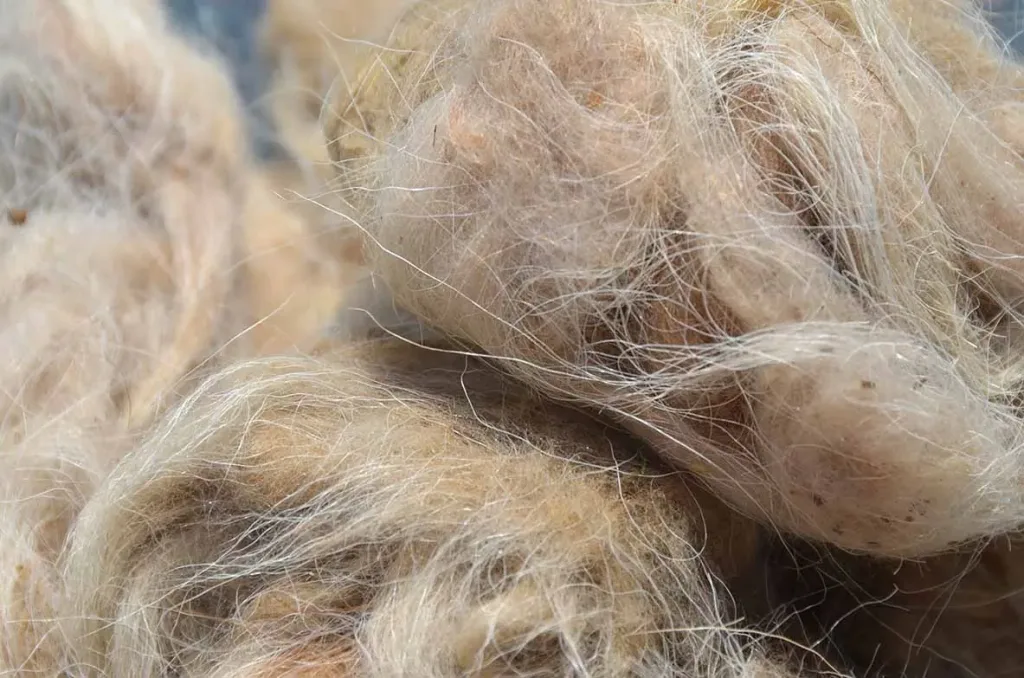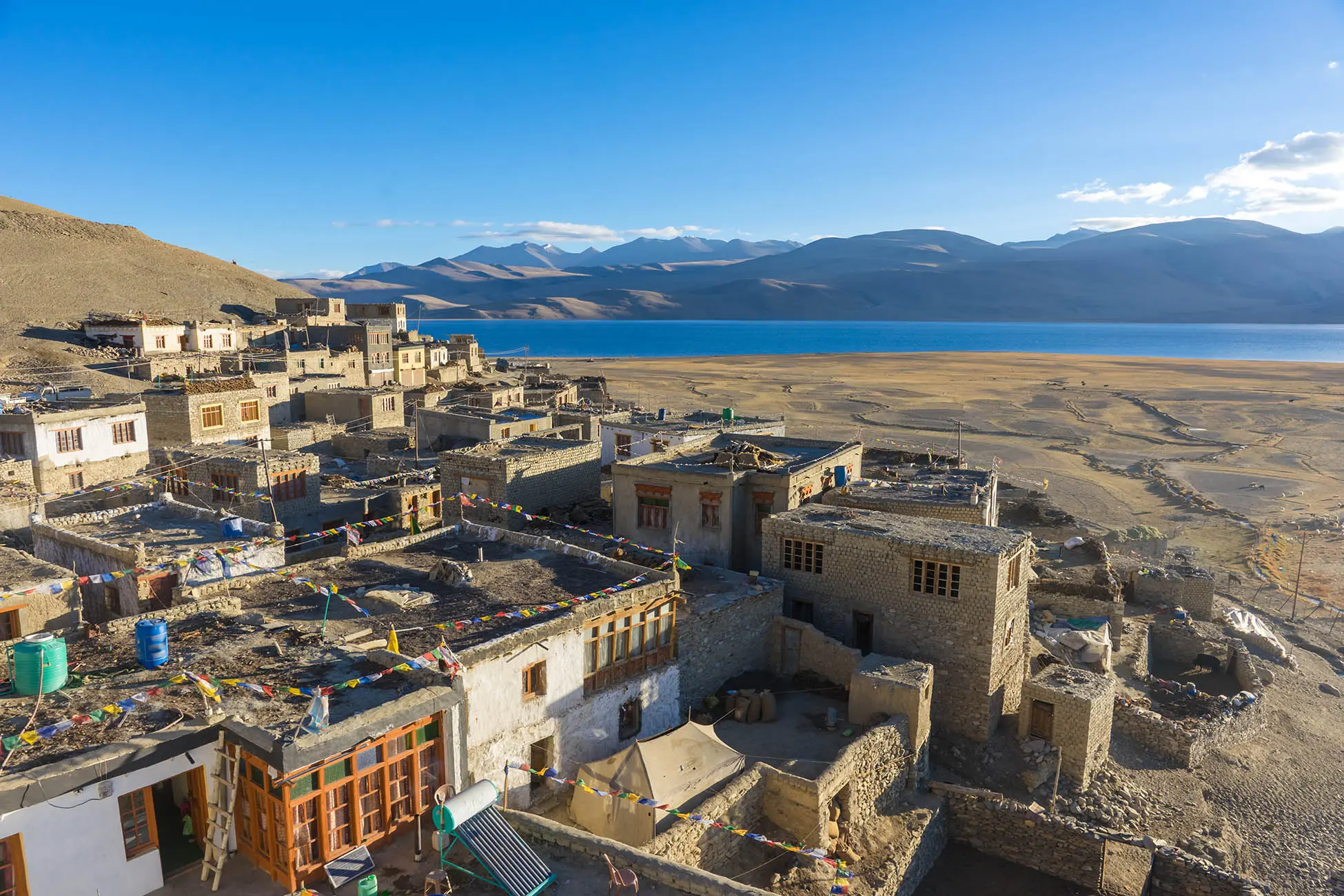No products in the cart.
Material
The Cashmere Goat-Capra Hircus
- Our cashmere producing species, capra hircus, is found at altitudes between 3,500 – 4,500 meters.
- These goat have 2 layers of fleece growth. The outer coat is brittle and thick while the inner growth is soft and functions as protective layers against ice winds.
- Pashm, an urdu word, originating from Farsi, is the fine under-fleece of the capra hircus goat inhabiting the Changthang Plateau of Ladakh. The altitude below which the goats do not produce the special wool, is 3,300m (10,826.77ft).
- The 2 main determinants of quality in cashmere fibres are fineness. ( ie diameter of fibre) and the length of the fibre . Both factors affect the feel and handle of the accomplished result.
- Measurement in micron
- 1 micron = 1/1000 of a mm
- Our finest quality cashmere is between 15-16 micron
- In contrast the human hair is around 70 micron.
- Our fibers are usually a staple length of 5-7 cms.
Lena, raw cashmere in Ladakhi, comes in several shades: white, brown, grey, and sometimes black. With the white and brown being the finest, the quality of fibre gets coarser as the colours get darker. The wool derived from the portion lying between the under neck and underbelly is of the finest quality..
Raw Cashmere
Our cashmere (also known as pashmina by the locals) comes from the Changthangi breed of the capra hirus goat in the Changthang Plateau.
The raw material is collected from the villages of Koyul, Chushul, Hanle and Korzok inhabited by the Changpa tribe.
A robust race of herders, they have been breeding and rearing the cashmere goat over hundreds of years.
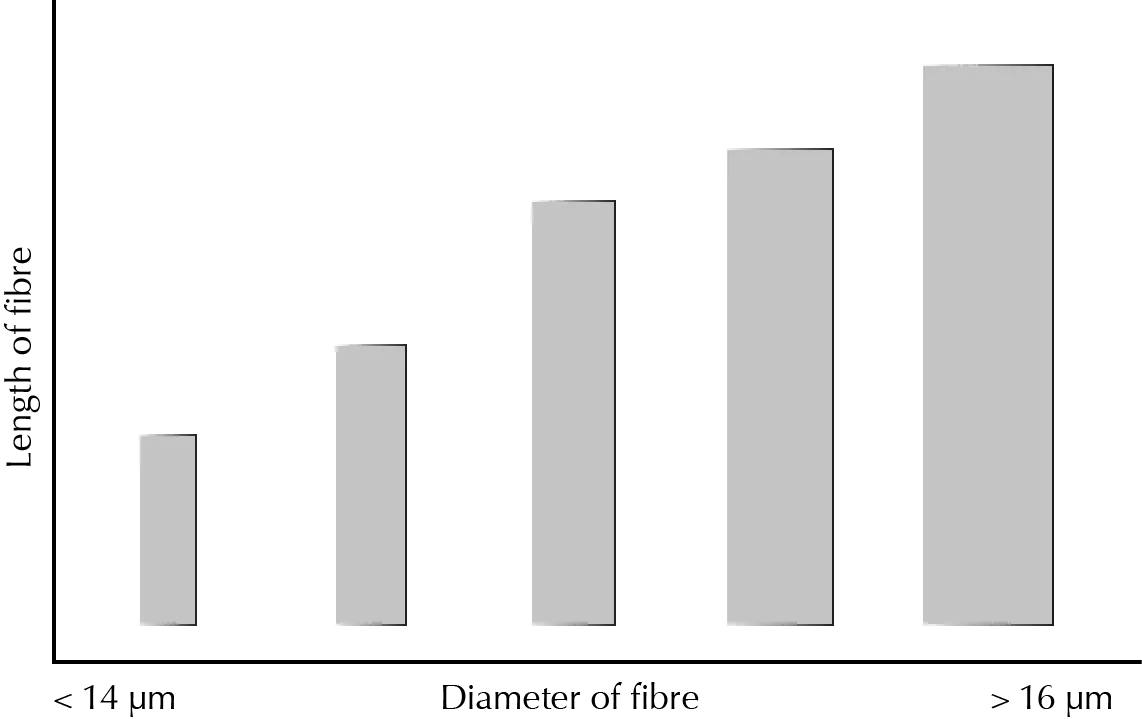
At Absolute Pashmina we use between 15 to 16 micron cashmere threads. In comparison, the human hair is approximately 70 microns. On equal weight basis, our cashmere has nearly 3 times the insulating capacity of wool.Welcome to the world of Absolute Pashmina!


1 : 100
One Changpa shepherd along with a dog herds a flock of 100 goats, walking 8-10 kilometers a day..
THE ELUSIVE CHANGPAS
The high altitude pastoralists, mainly raise yaks, sheeps and cashmere goats. The Changpas speak Changskhat, a Tibetan dialect and practice Buddhism.
Their rebos (tents) are made from yak wool and equipped with very basic amenities. The tents function as bedroom, kitchen and dinning room.
Heated with bukharis (local heating) the tents are very warm but become heavy when wet with snowfall.
The Changpas make 6 to 10 moves per year. The nomadic Chanpas are known as phalpa.
THE KORZOK VILLAGE
The sedentary Changpas are called Fangpa. Each village homes between 15 to 40 families. The homes are usually made from mud and stone. The main source of drinking water is rivers and springs.
The Changpa diet constitute tsampa (barley), yak meat, dry cheese and milk.
According to a 2017 survey the number of households in the following villages were
